Showing all 8 results
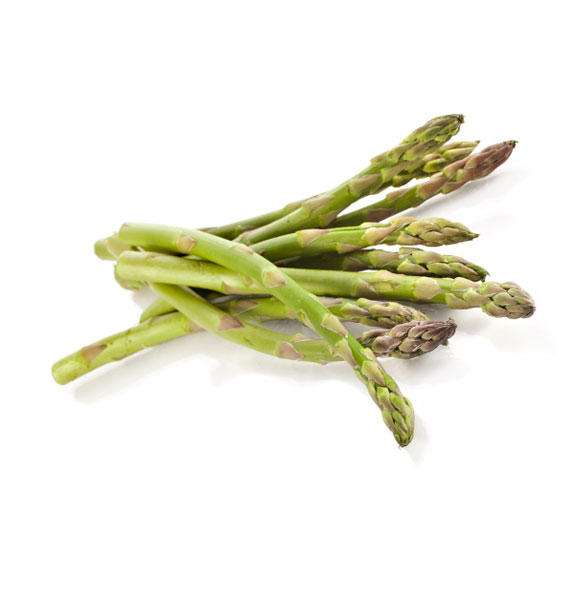
Asparagus
A member of the Liliaceae family, asparagus is a perennial vegetable. The stalks are edible and have a particularly subtle flavour. They grow from underground rhizomes and can be various colours: green, white or purple. The rhizomes, commonly known as crowns, bear the roots and grow upwards. Asparagus is generally grown outdoors in fields, but it can also be semi-forced in greenhouses. The asparagus does not have any particular climate requirements, given that it can withstand high and low temperatures.
The production of asparagus in the Naturitalia system comes from suitable areas in northern, central and southern Italy and is supported by early produce from Spain.
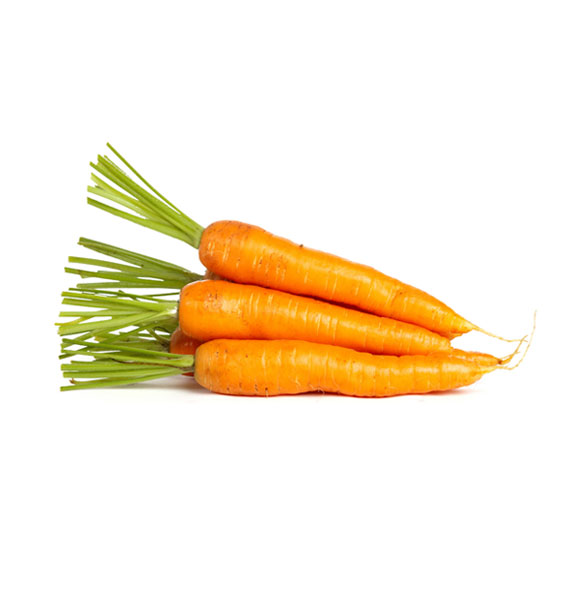
Carrots
This herbaceous biennial crop is suitable for temperate climates and requires a moderate amount of heat. It prefers deep, cool, well-drained soil tending towards sandy; it is particularly suitable for growing in coastal soil. Carrots come in a variety of shapes and can be cylindrical or conical; they are medium and large in size, and the varieties grown are fleshy. It is a vegetable rich in beta-carotene.
The production of carrots in the Naturitalia system comes from suitable areas in northern, central and southern Italy.
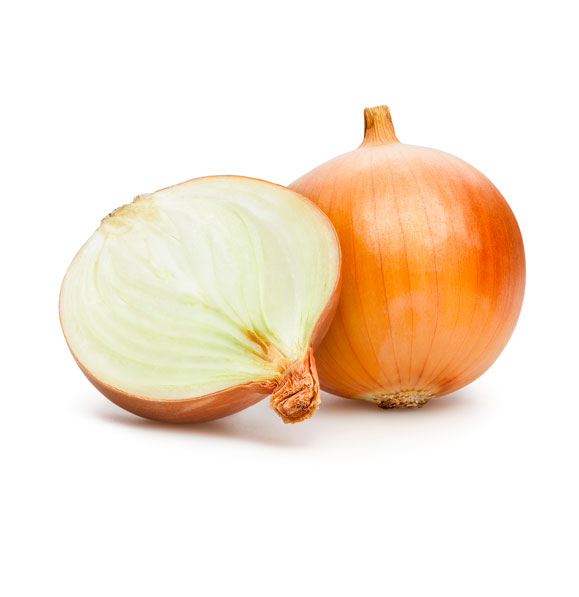
Onions
This herbaceous biennial crop does not require much water and heat; it is suitable for warm, temperate and cool environments. It grows in medium-textured soil with a low acidity and salinity content that is well-drained and rich in organic substances. The bulb is characterised by its round shape or slightly elongated top, with silver-white outer skins and decidedly fleshy white inner skins. Red onions have an elongated round bulb and deep red outer skins.
The production of onions in the Naturitalia system includes the best produce from one of the finest growing regions in Italy, the Bologna Plains. The vast range includes red, white and yellow onions, offering the best solutions for various market and consumer needs in terms of product selection and quality.
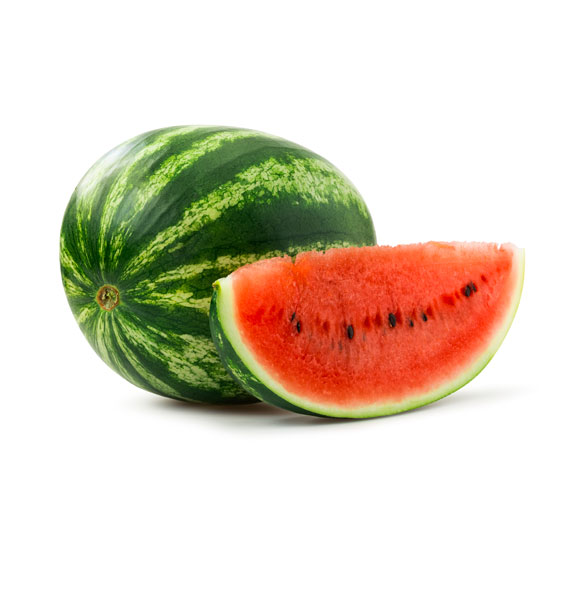
Watermelons
This herbaceous annual fruit requires lots of heat and grows in warm and temperate environments. It is suitable for various types of soil provided that it has a high phosphorous and potassium content, and is deep, fertile and has plenty of water. The traditional rounded or elongated fruit is rather dark green with light green or very dark green longitudinal striations. The seedless fruit variety is spherical, small and very dark green, bordering on black. The bright red flesh is compact, crunchy and has a good sugar level.
The production of watermelons in the Naturitalia system comes from suitable areas in northern, central and southern Italy and is supported by produce from Greece.
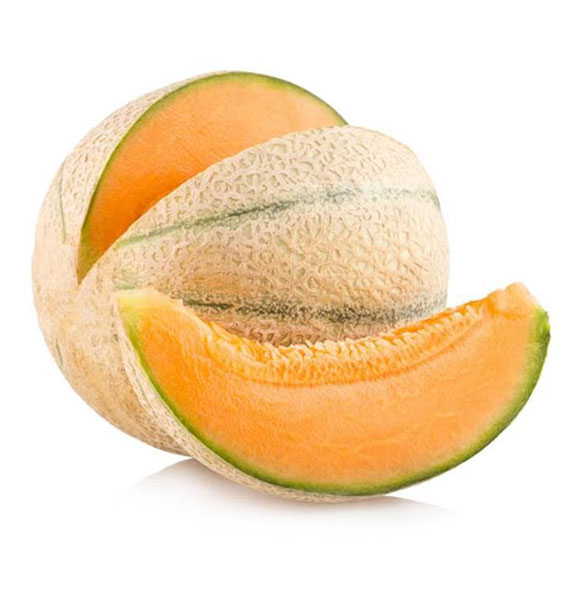
Melons
This herbaceous annual crop requires plenty of water and heat; it grows best in deep, well-drained soil with a high water retention capacity. It tolerates slightly calcareous soil but is not suitable for acidic soil. The spherical or elongated fruit has relatively marked reticulated skin, and is yellow with green grooves in slices. The salmon-coloured flesh is very compact, tender and has a good sugar content.
The production of melons in the Naturitalia system comes from suitable areas in northern, central and southern Italy.
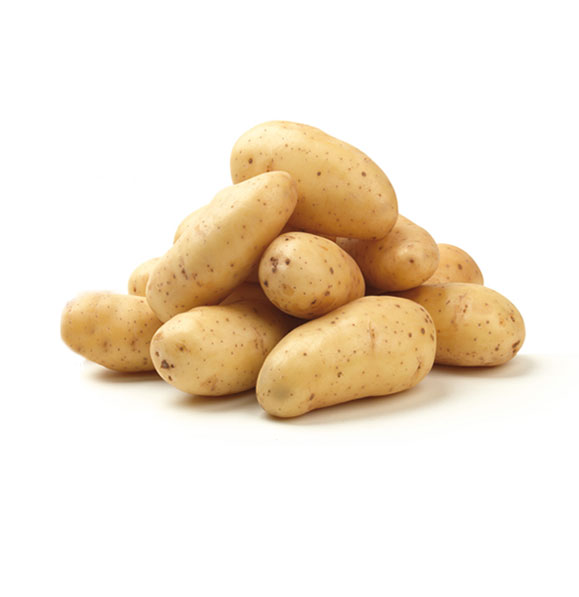
Potatoes
This herbaceous plant comes from the Solanaceae family; the overground part of the plant looks like a tuft with one or more stems of varying height that are enlarged at the nodes and green in colour, sometimes with shades of purple. The tubers are different depending on the cultivar and vary in their oval and elongated oval shape, and size. The colour of the peel can be yellow or reddish in the yellow varieties, while the white varieties have yellow peel.
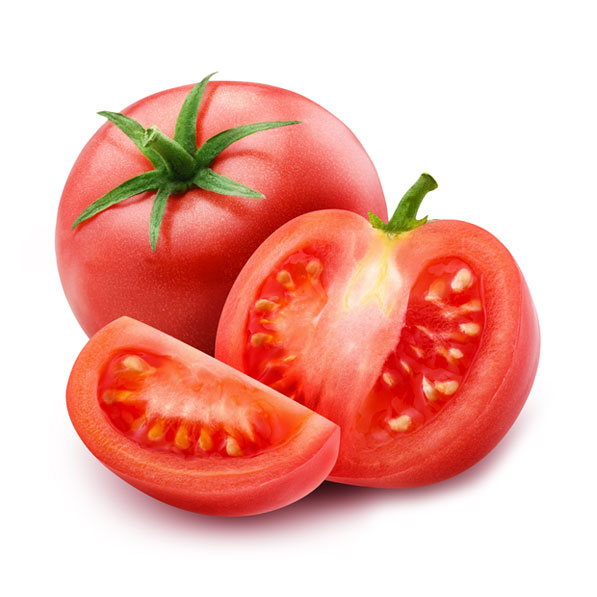
Tomatoes
Selection of Italian tomatoes from Sicily. The tomatoes grown in Sicily, the largest island in Italy, are crunchier, tastier and sweeter than most varieties of tomatoes cultivated in Europe.
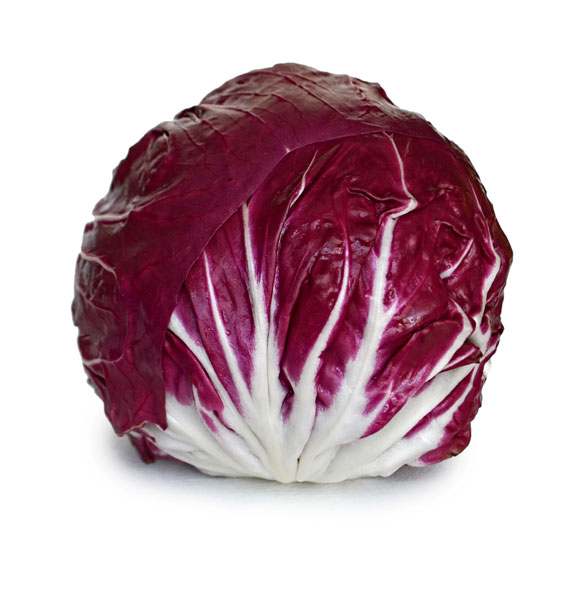
Radicchio
This herbaceous perennial plant is formed of leaves, a tuft, flower stalks and roots. The tufts or head, depending on the variety, can have different coloured leaves and come in various shapes; in fact, while Rosso di Treviso radicchio has a fusiform tuft, Rosso di Chioggia and Rosso di Verona have a spherical tuft. The colour of the leaves ranges from red with whitish main veins to creamy white with purple-red veins. Depending on the cultivar, the leaves have full or slightly fringed edges.
The production of radicchio in the Naturitalia system comes from suitable areas in northern Italy.
